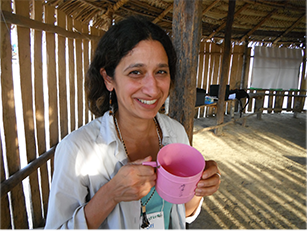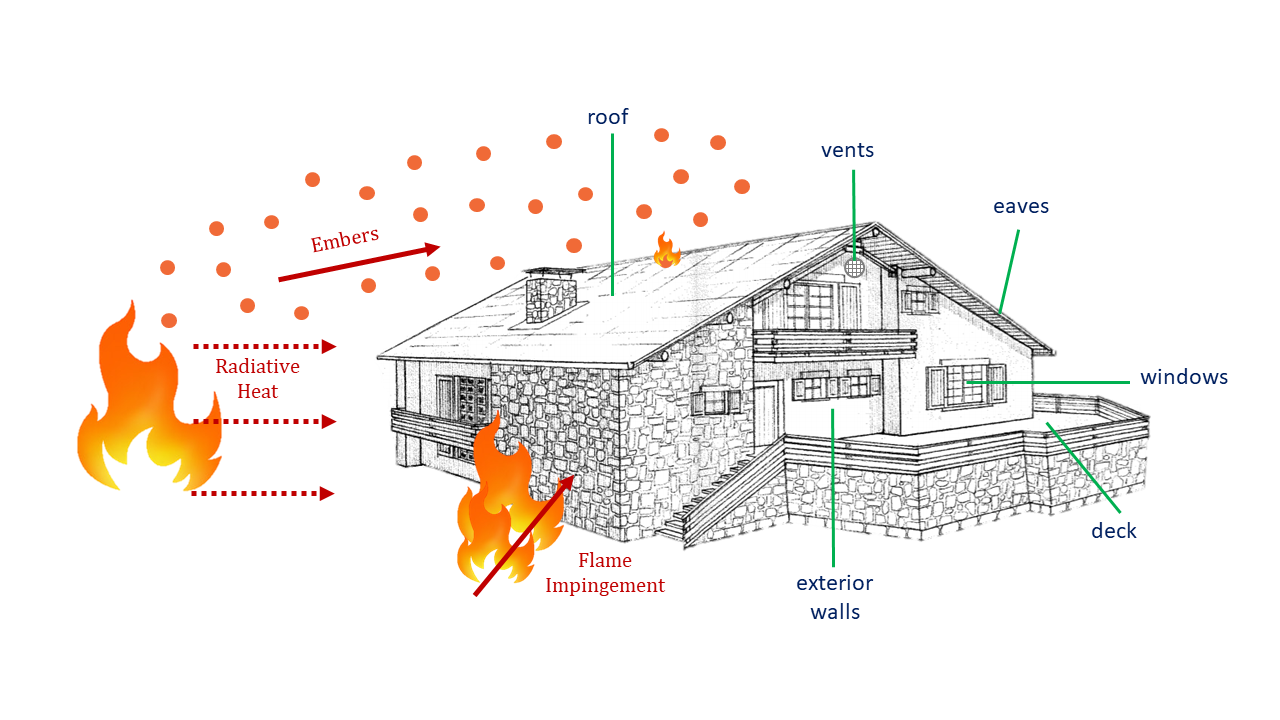With the increasing intensity and severity of wildfires throughout North America, assets within the Wildland-Urban Interface (WUI) are subjected to escalating risk and vulnerability. Throughout Canada, WUI communities, notably Jasper, Lytton, and Fort McMurray have been devastated by wildfires. In California, structural losses alone in the 2017-18 wildfires exceeded USD40bn (Bowman et al, 2020).
This escalating exposure of property to wildfires negatively impacts both insurance markets and the capacity to provide loss and recovery assistance to WUI communities. The 2024 Jasper wildfire caused CAD$880million in insured losses resulting in the most expensive insurance outlay in Canadian National Park history (Williams, 2024). Statefarm and Allstate, two of California’s largest homeowner insurance providers ceased new property insurance applications in 2023 due to rising pressures from wildfires and inflation. Consequently, this exposure to wildfire costs is inducing a recession of affordable wildfire insurance within fire-prone communities.
Escalating exposure to wildfire costs and inaccessibility to coverage stem not only from increasing wildfire pressures but from economic, political and social disconnects between the needs of stakeholders and insurers. If disconnects are recognised and addressed, equitable, accessible and economically sustainable wildfire insurance within North American WUI’s may be possible.
In turn, understanding the nuances of federal and state policy in conjunction with the interests of market and community stakeholders is critical in understanding how context-specific wildfire insurance can best be implemented to meet contemporary and future recovery needs.
Aims of the project
The primary project aim is to determine how wildfire insurance can be designed to meet the needs of both insurance markets and WUI communities in an equitable, accessible, and financially sustainable way across North America. This will be achieved through…
- Conceptualising and comparing how different state and federal-level policy environments in the US and Canada influence the capacities of insurance to function as an effective recovery tool for wildfire loss.
- Determining regulatory/financial factors and preferences insurance stakeholders possess that enable or inhibit their capacity to provide accessible, economically sustainable insurance to communities within their potential WUIs.
- Identifying the challenges WUI communities face that influence their capacity or desires to acquire Wildfire insurance.
- Determining and analysing the needs, preferences, and perceptions of WUI stakeholders and insurers so to enable cross-comparison with other North American market preferences.
The project is set to utilise a multiplicity of data collection methods that comprises of community surveys, semi-structured interviews, focus groups, and choice modelling. Details on final data collection methods will be finalised shortly.
References:
Bowman, D.M.J.S. et al. (2020) “Vegetation fires in the Anthropocene,” Nature Reviews Earth and Environment. Springer Nature, pp. 500–515. Available at: https://doi.org/10.1038/s43017-020-0085-3.
Williams, E. (2024) “Jasper wildfire caused $880M in Insured Losses: Insurance Bureau of Canada” Available at: Jasper wildfire caused $880M in insured losses: Insurance Bureau of Canada | CBC News













